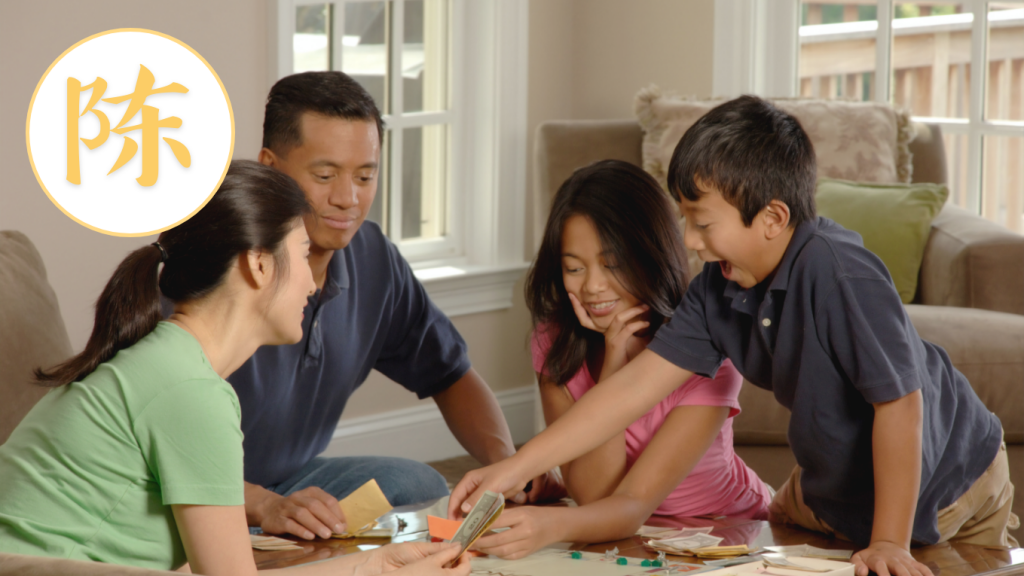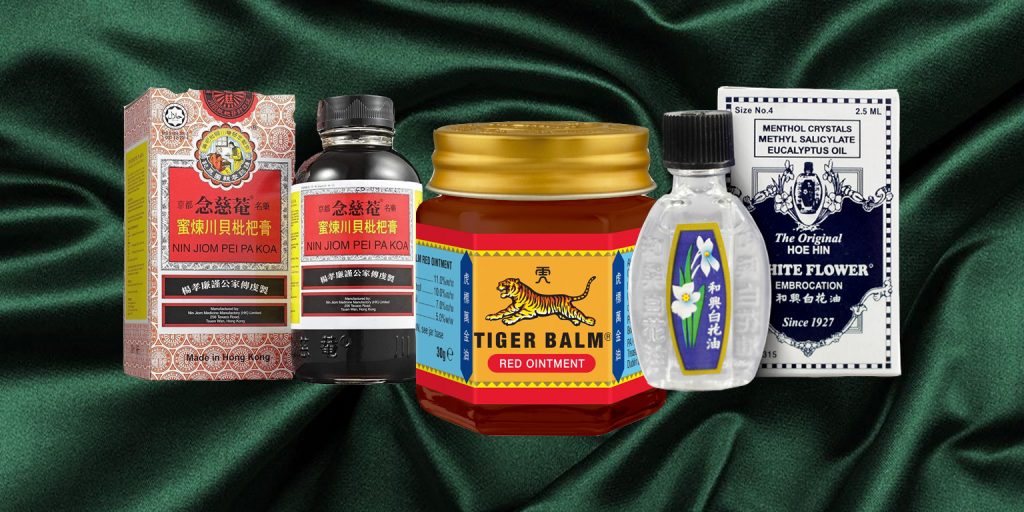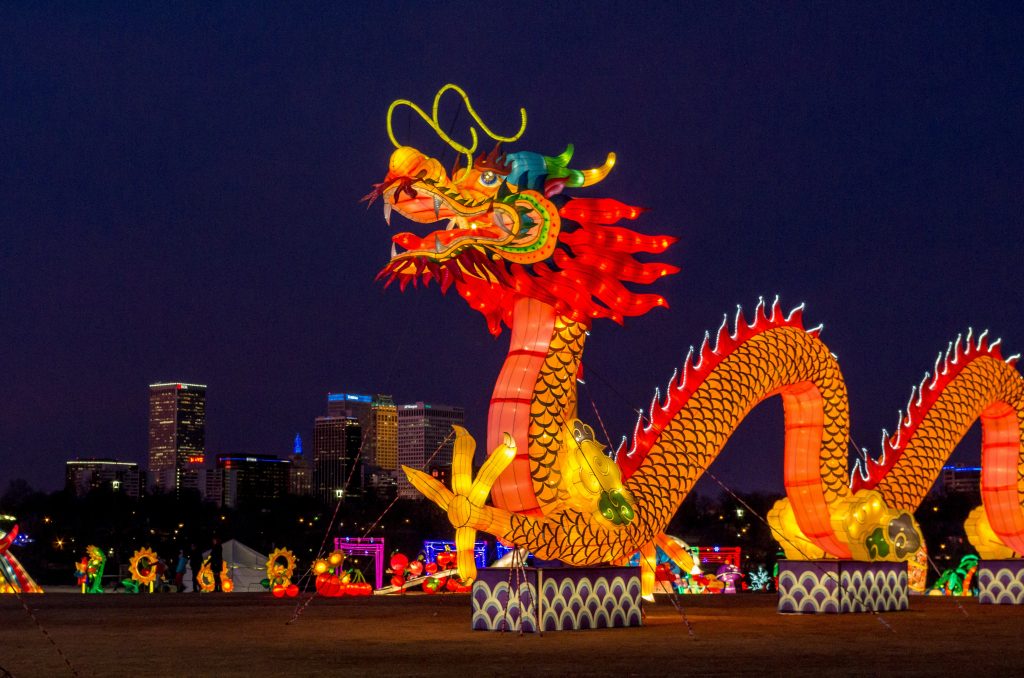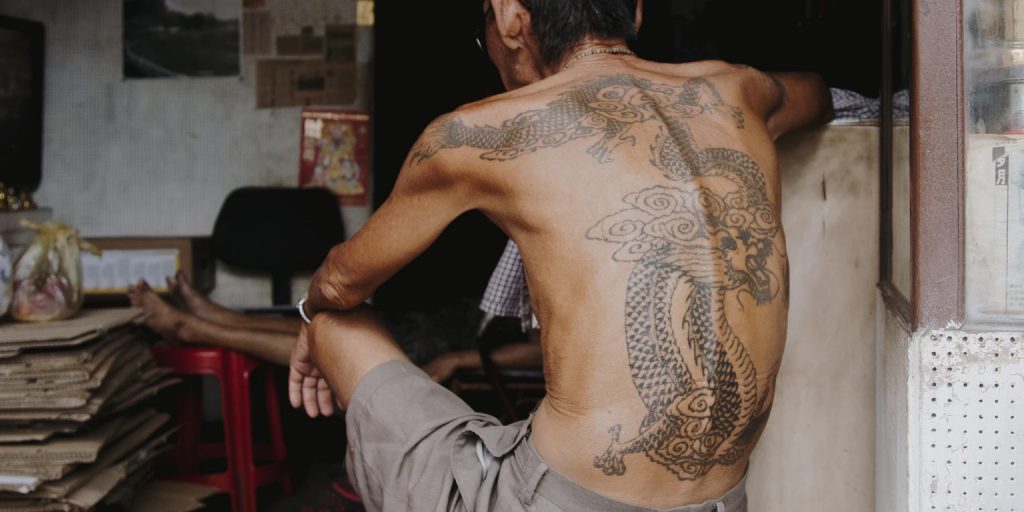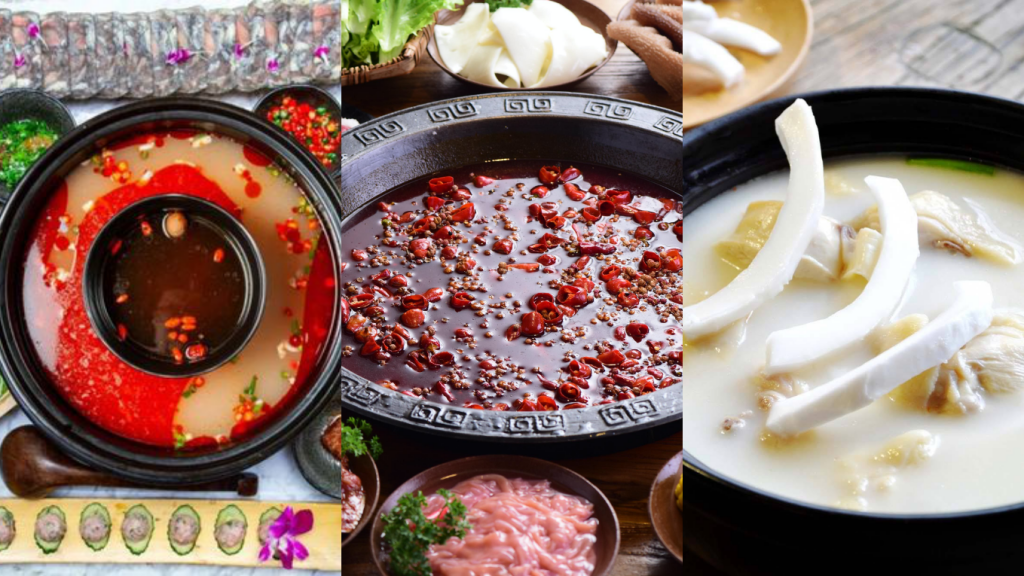All Saints’ Day: 6 Chinoy traditions for respecting the dead
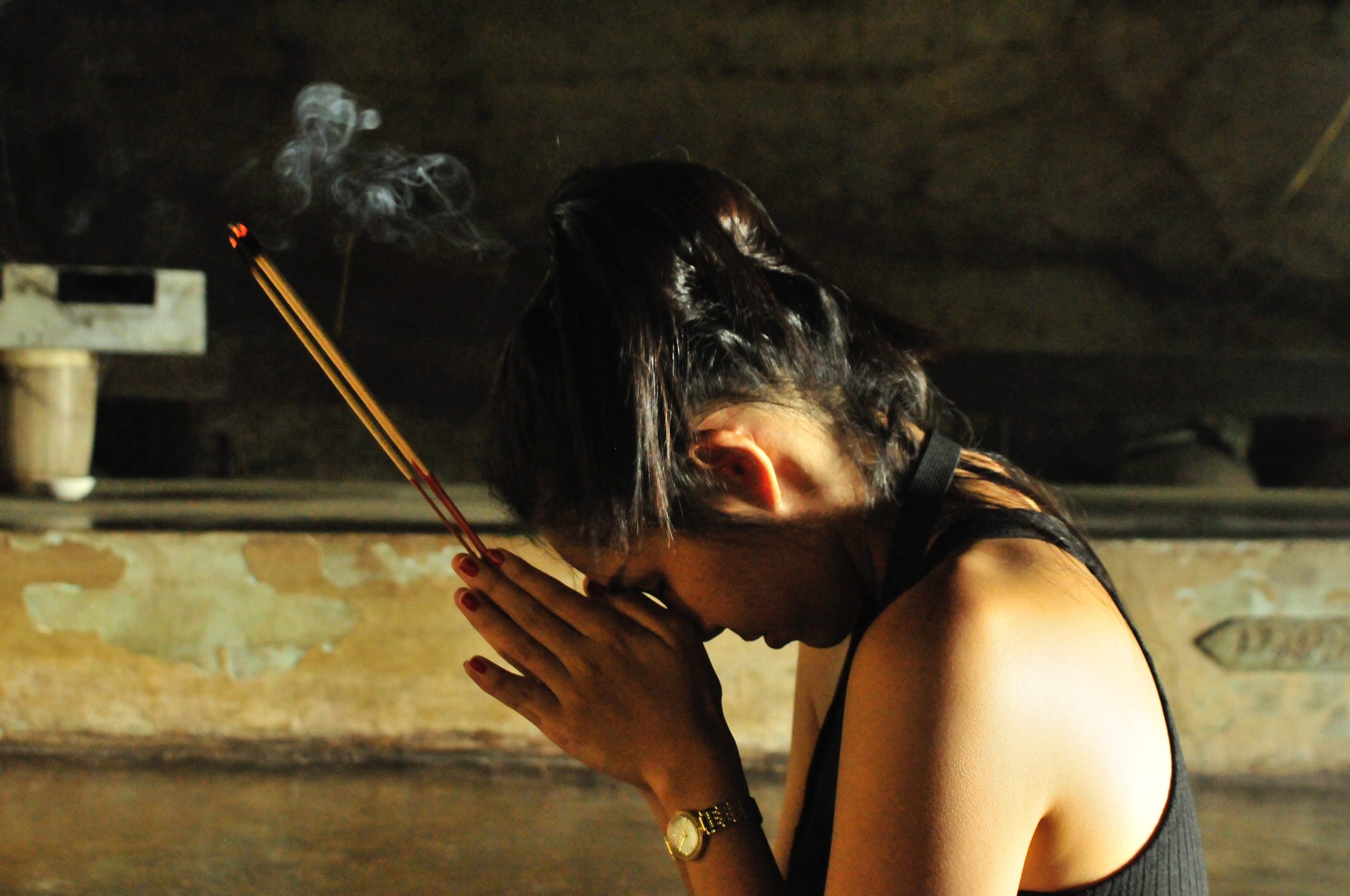
When I was a child, one of my fondest memories of Undas would be playing with melted candle wax by poking it with burnt incense sticks. Years later, I’ve come to realize that while fiddling with melted wax was an almost universal Filipino experience, burning incense was not.
During the early days of November, it is ingrained in Filipino culture to visit and remember the dead. For members of the Filipino-Chinese community, including myself, it is not much different in principle. But there are some additional practices that must be observed for the sake of respect and filial piety.
Here are five traditions that Chinoys take part in when visiting their departed loved ones:
1. Lighting candles
Several vendors sell a wide variety of colorful candles outside cemeteries for good reason. That’s because lighting candles is both a Catholic and cultural practice that Filipinos and the Chinoys partake in.
For Filipinos, different colors may signify different intentions. For some, pink candles are offered to dead female infants, blue candles to dead male infants, and red candles to those whom one loves most in life. Meanwhile, in Chinese tradition, there are generally three colors used when picking candles: white, which is used when one is mourning for the newly deceased (less than one year); yellow, which is used for the commemoration of the first death anniversary of the deceased; and red, which is used in the subsequent years.
If the deceased person was over 100 years old (according to Chinese age) at the time of death, then red candles may be used even in the early stages of mourning.

Photo from Unsplash
2. Bringing flowers
Flowers are also another form of paying respects to the dead. As with the candles, the color white is usually used in the initial mourning period. Other colors may be used afterward.

Photo from Unsplash
3. Burning incense
One of the most well-known Chinese traditions for respecting the dead is by burning incense. Several Chinoy families burn a pair of sticks for each deceased relative. However, prior to this, some also follow the tradition of lighting three sticks of incense for guardians of the grave. Those looking at Chinese mausoleums or graves may see a smaller tomb headstone with the Chinese characters 后土 (hòu tǔ) on the premises. It would not be unusual for members of the deceased’s family to leave a pot of incense in front of the stone to ask for protection and guidance.
The colors of the incense sticks may also vary according to their purpose. Yellow incense sticks are traditionally lit for the newly deceased—or to be more specific, those who have passed away less than two years prior. The more commonly seen red incense sticks are used for those whose deaths have occurred more than two years since. Red incense sticks are also used for offerings to houtu.
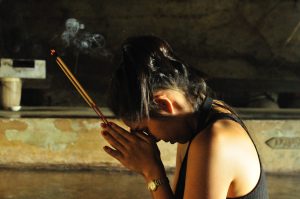
Photo from Unsplash
4. Offering food
Relatives of the dead often offer food to express gratitude and love, as well as to ask for blessings. The items, usually presented only in odd numbers, may range from the deceased’s favorites to lucky food items such as round fruits, which symbolize gold and wealth; steamed bao, which calls for prosperity; and sweet dumplings, which are shaped similarly to ingots—the currency used by ancient China.
One should also note that there are dishes that are not conventionally served. Beef, for example, is considered disrespectful because cows are culturally regarded as sacred animals that help till the land and provide life. Meanwhile, noodle dishes like cha misua are normally eaten for long life. In this case, since their purpose would be rendered obsolete, there wouldn’t be much point in serving them to the dead.
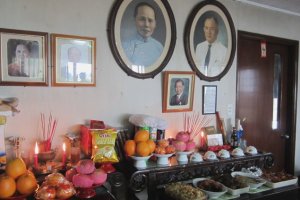
Photo from Pinterest
5. Burning paper money
Joss paper, alternatively known as spirit money or paper money, is burned for the souls in the afterlife to enjoy fortune. These yellow sheets of paper may be burned after being folded into ingots or simply as they are.
There are three types of spirit money that can be used:
- 刈金 (Yìjīn): This joss paper is marked by a gold metallic rectangle on its middle. It is burned for relatives who have passed away more than three years before.
- 小银 (Xiǎoyīn): This joss paper has a silver metallic rectangle on its middle. It is burned for the recently deceased relatives who have passed away less than three years before.
- 寿金 (Shòujīn): This joss paper contains a gold metallic rectangle inscribed with printed characters on its middle. It is burned for Tohti Kong (as it is pronounced in Hokkien) or 土地公 (Tǔdì Gōng), the god of the earth; as well as for other gods and saints.

Photo from Nation Thailand
6. Sticking colored paper onto tombs
Some Chinoy families paste long sheets of multi-colored paper called 五色纸 (wǔsè zhǐ) onto the tombs of their loved ones. These tomb papers are used to signify that the deceased have not been abandoned and are still remembered.
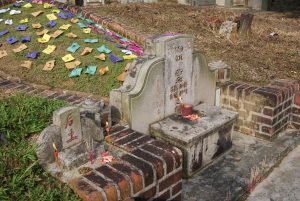
Photo from Baidu.




